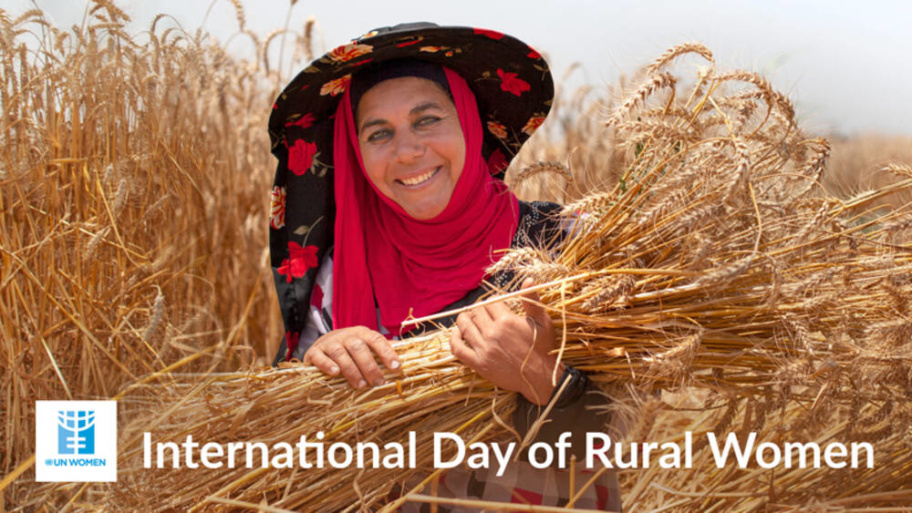The vital contribution of women to livelihoods resilience during COVID-19

This year's theme for the International Day of Rural Women is "Building rural women’s resilience in the wake of COVID-19". On this occasion, we have asked CGIAR centers and programs to describe how their research is supporting rural women during times of crises. This post, by the International Center for Agricultural Research in the Dry Areas (ICARDA), is one in series of responses.
Through a survey carried out with 100 male and 100 female dryland farmers in rural Egypt and Tunisia, we examine how COVID-19 affected them, and identify coping mechanisms they employed to maintain crop and livestock supplies, sales, market connections, and personal well-being. Since dependence on digital resources increased during the pandemic, we paid close attention to trends in cellphone ownership, access, and preferred means for receiving digital information.
COVID-19 lockdowns disrupted veterinary services and livestock sales in both countries. Market closures and suspension of transport services coincided with the national Adha holidays, usually the most profitable time of the year for livestock farmers. Farmers in both countries managed to sell some livestock to local butchers but incurred overall losses.
The sale of milk and dairy products at local collection points continued in both countries, albeit in lower quantities and hence lower profit margins. Because local markets were closed, women who usually sold milk and dairy products were severely affected. However, some Egyptian women responded to the reduction in milk sales by processing milk into ghee, cheese, and other dairy products with longer shelf lives. In Tunisia, women responded to reduced milk sales by donating milk to neighbors in crisis and by selling milk from home at lower prices. When lockdowns lifted, sales of milk and dairy products recovered, but so far only to 85% of pre-pandemic sales.
